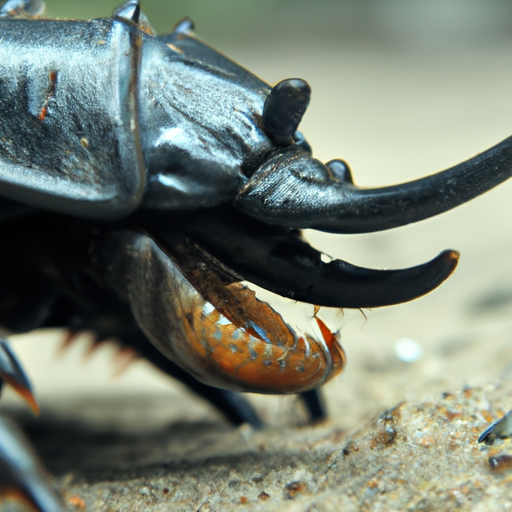 Introduction:
Introduction:
Animals, the diverse inhabitants of our planet, have evolved a wide array of adaptations to survive and thrive in their respective environments. Among these adaptations, teeth and jaws have played a significant role in their feeding strategies. The ability to bite is a common trait shared by numerous species, ranging from insects to mammals, reptiles to birds, and even some fish. This article aims to delve into the fascinating world of animal bites, exploring the different types of biting mechanisms and highlighting some notable examples from across the animal kingdom.
1. Invertebrates:
1.1. Arthropods:
1.1.1. Insects: Insects possess specialized mouthparts, including mandibles, maxillae, and labium, which allow them to bite, chew, and suck fluids. Mosquitoes, fleas, and bedbugs are notorious biters, using their elongated stylets to pierce the skin and feed on blood. Other insects like ants, beetles, and bees employ their mandibles to bite and defend themselves.
1.1.2. Arachnids: Spiders, scorpions, and ticks employ their chelicerae to bite and inject venom or feed on prey. While the majority of spiders are harmless to humans, a few species like the Black Widow and Brown Recluse can deliver painful bites with potentially dangerous effects.
2. Fish:
2.1. Piranhas: Known for their sharp teeth and carnivorous habits, piranhas have an impressive biting ability that allows them to tear flesh from prey or defend themselves against predators.
2.2. Moray Eels: These slender and snakelike creatures possess a second set of jaws called pharyngeal jaws, which enable them to deliver a powerful bite. This mechanism allows them to catch and swallow prey that would otherwise be too large to fit in their mouths.
3. Reptiles:
3.1. Snakes: Venomous snakes, such as vipers, cobras, and rattlesnakes, possess hollow fangs that enable them to inject venom into their prey or potential threats. Non-venomous snakes, like pythons and boas, rely on their strong jaws and sharp teeth to constrict and subdue prey.
3.2. Crocodilians: Crocodiles and alligators have incredibly strong jaws, equipped with sharp teeth designed to grab, crush, and tear their prey. Their bite force is one of the most powerful among all living animals, enabling them to take down large animals effortlessly.
4. Birds:
4.1. Raptors: Birds of prey, including eagles, hawks, and falcons, possess sharp, curved beaks and powerful talons, allowing them to bite and tear apart their prey effectively. Their beaks are adapted to their specific diets, whether it be piercing the flesh of a small mammal or crushing the shell of a turtle.
4.2. Parrots: These colorful avian species possess strong beaks used not only for cracking nuts and seeds but also for defending themselves or as a means of communication.
5. Mammals:
5.1. Carnivores: Lions, tigers, wolves, and other carnivorous mammals have powerful jaws with sharp, slicing teeth designed for capturing, killing, and consuming prey. Their bites are often accompanied by the use of claws and other hunting techniques.
5.2. Primates: While primates, including humans, are not typically known for their biting capabilities, some species like chimpanzees and baboons possess formidable teeth and jaws, which they use during territorial disputes or as a display of dominance.
5.3. Rodents: Rats, mice, and other rodents have incisors that grow continuously throughout their lives. These sharp front teeth allow them to gnaw through various materials, including wood, wires, and even concrete.
Conclusion:
Animal bites are a fascinating aspect of the natural world, reflecting the diversity of adaptive strategies employed by organisms for survival. From the tiny, venomous fangs of insects to the mighty jaws of crocodiles, understanding the biting mechanisms of different animals helps us appreciate the intricate web of life. Although some animal bites can pose a threat to humans, it is crucial to remember that most animals bite only when provoked or defending themselves. By respecting their habitats and maintaining a safe distance, we can coexist harmoniously with these remarkable creatures.
